Table of content
Bingtanghulu, a beloved traditional Chinese snack, captures hearts with its crisp sugar coating and tart, vibrant fruit center. Often associated with childhood nostalgia and festive celebrations, this treat has evolved from a humble street food into a global culinary icon. Crafting Bingtanghulu requires precision, patience, and an appreciation for the delicate balance between sweetness and acidity. This article explores the history, ingredients, and meticulous process behind creating this iconic confection, offering insights into both its cultural significance and modern adaptations.
A Brief History of Bingtanghulu
The origins of Bingtanghulu trace back to China’s Song Dynasty (960–1279), where it was initially consumed for its perceived medicinal properties. Legend has it that a royal physician created the treat by coating hawthorn berries in honey to aid the emperor’s digestion. Over centuries, the recipe transitioned from a medicinal elixir to a popular street food, particularly during the Qing Dynasty (1644–1912). Vendors would thread hawthorn berries onto bamboo skewers and dip them in maltose syrup, creating a portable, sweet-and-sour snack ideal for cold winter months.
Today, Bingtanghulu remains a staple during Chinese New Year and winter festivals, symbolizing happiness and togetherness. Its bright red hue, derived from hawthorn berries, is also associated with luck and prosperity in Chinese culture. While hawthorn remains the classic choice, modern variations incorporate strawberries, grapes, oranges, and even exotic fruits, catering to diverse palates.
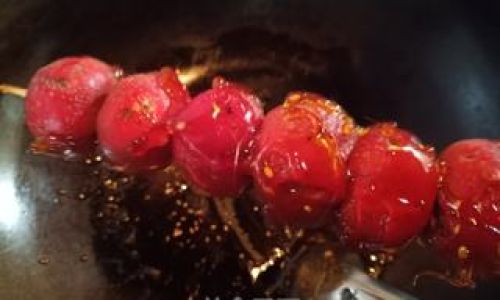
Ingredients and Tools
The beauty of Bingtanghulu lies in its simplicity. Traditional recipes require just three ingredients:
- Hawthorn berries (Shānzhā): Small, tart fruits with a robust flavor profile. Their firm texture holds up well during cooking.
- Sugar: White granulated sugar is most common, though some recipes use rock sugar or maltose for a deeper caramel flavor.
- Water: To dissolve the sugar and create a syrup.
Optional additions include sesame seeds, crushed pistachios, or edible glitter for garnish.
Tools:
- Bamboo skewers (or wooden sticks)
- A heavy-bottomed saucepan
- A candy thermometer (optional but recommended)
- Parchment paper or a silicone baking mat
- A pastry brush (to clean sugar crystals from the pan’s sides)
Step-by-Step Preparation
Selecting and Preparing the Fruit
Choose fresh, unblemished hawthorn berries. Rinse them thoroughly under cold water and pat dry with a clean towel. Remove any stems or leaves. For skewering, pierce 4–6 berries per stick, alternating directions to ensure stability. Some chefs leave a small gap between berries to allow syrup to flow evenly.
Creating the Sugar Syrup
The syrup’s consistency is critical to achieving a glassy, crackly coating. Combine 1 cup of sugar with ½ cup of water in the saucepan. Stir gently over low heat until the sugar dissolves. Avoid stirring once the mixture begins to boil, as this can cause crystallization. Instead, use a wet pastry brush to dissolve any sugar crystals clinging to the pan’s edges.
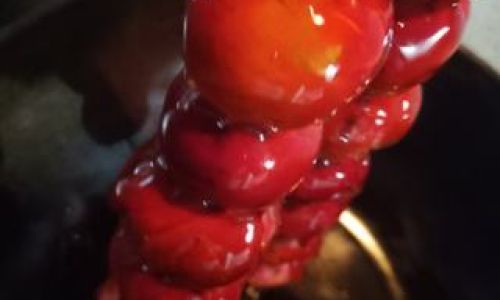
Temperature Control:
- For a crisp coating, heat the syrup to 300–310°F (149–154°C), known as the “hard crack” stage. A candy thermometer ensures accuracy, but experienced chefs may test the syrup by dropping a small amount into ice water—it should harden instantly.
Dipping and Coating
Once the syrup reaches the desired temperature, remove the pan from heat. Dip a skewered fruit cluster into the syrup, tilting the pan to coat evenly. Rotate the skewer quickly to drain excess syrup, then place it on the parchment-lined tray. Work swiftly, as the syrup hardens rapidly.
Pro Tip: For a thicker coating, re-dip the skewers after the initial layer sets slightly. This creates a more substantial, shatter-prone shell.
Garnishing and Cooling
While the syrup is still tacky, sprinkle sesame seeds or crushed nuts over the Bingtanghulu. Allow the treats to cool completely at room temperature (15–20 minutes). Resist the urge to refrigerate them, as moisture can soften the coating.
The Science Behind the Crunch
The magic of Bingtanghulu lies in the sugar’s rapid cooling. When hot syrup meets cold fruit, it forms amorphous glucose crystals, creating a brittle, transparent shell. This process, known as “glass transition,” requires precise timing and temperature control. Overcooking the syrup yields a bitter, burnt taste, while undercooking results in a sticky, chewy texture.

Cultural Significance and Modern Twists
Bingtanghulu is more than a snack—it’s a cultural emblem. Street vendors in Beijing and Shanghai still roam neighborhoods during winter, their calls of “Bingtanghulu!” echoing through frosty air. The treat’s red hue and circular arrangement symbolize unity and completeness, making it a popular gift during Lunar New Year.
Modern chefs have reimagined Bingtanghulu with avant-garde flavors and presentations. Gourmet versions feature chocolate-dipped strawberries, yuzu-infused syrup, or even savory combinations like bacon-wrapped dates. Some bakeries offer miniature Bingtanghulu as cake toppers, while others use isomalt (a sugar substitute) for a clearer, longer-lasting coating.
Troubleshooting Common Issues
- Crystallization: If sugar crystals form, add a few drops of lemon juice or cream of tartar to the syrup to inhibit crystal growth.
- Soggy Coating: Humidity is the enemy! Avoid making Bingtanghulu on rainy days, and store leftovers in an airtight container.
- Uneven Coating: Ensure the syrup is at the correct temperature and dip the fruit quickly but thoroughly.
Healthier Adaptations
For health-conscious enthusiasts, alternatives like honey or stevia can replace white sugar, though they alter the traditional flavor. Vegan versions use agave syrup or coconut sugar, while low-carb options employ erythritol-based sweeteners.
Conclusion
Bingtanghulu is a testament to the harmony of simplicity and craftsmanship. From its humble beginnings as a medicinal remedy to its current status as a global sensation, this treat embodies the enduring power of tradition. Whether enjoyed on a bustling Chinese street corner or recreated in a modern kitchen, the crackle of its sugar shell and the burst of tart fruit inside never fail to delight. As culinary trends evolve, Bingtanghulu remains a sweet reminder that some pleasures are timeless—and best enjoyed one bite at a time.
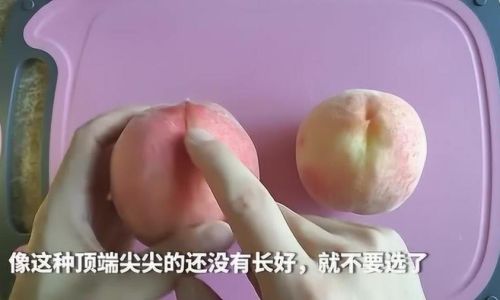
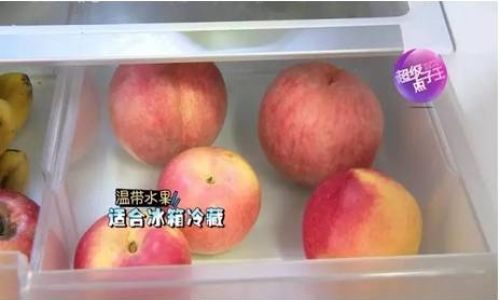
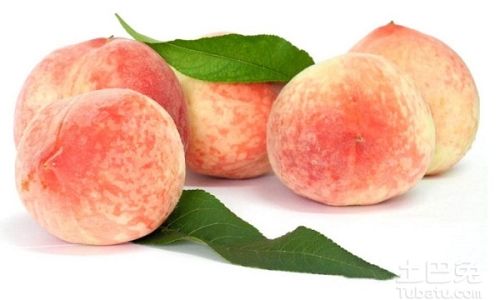
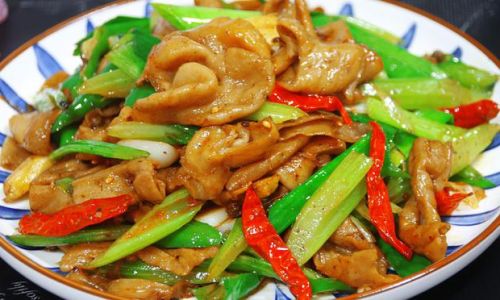

0 comments